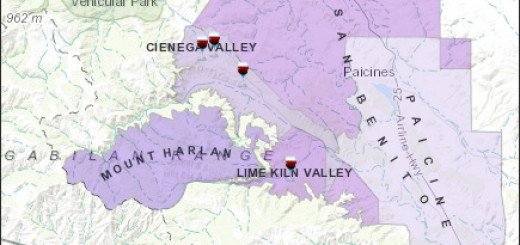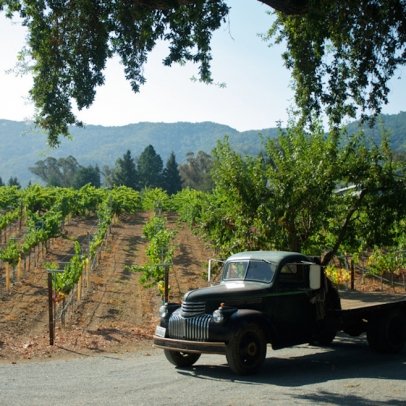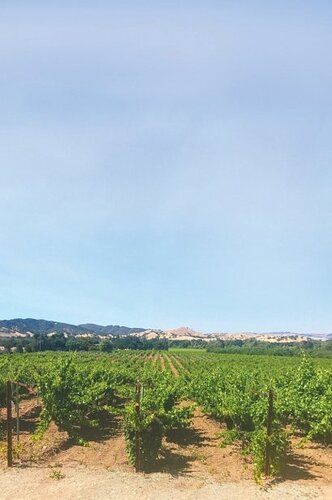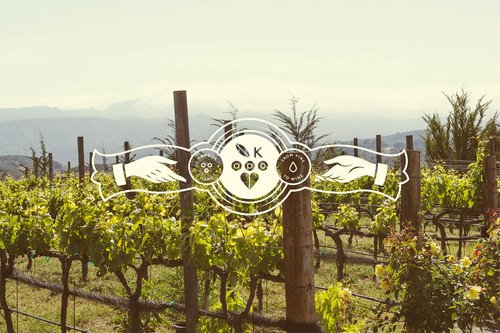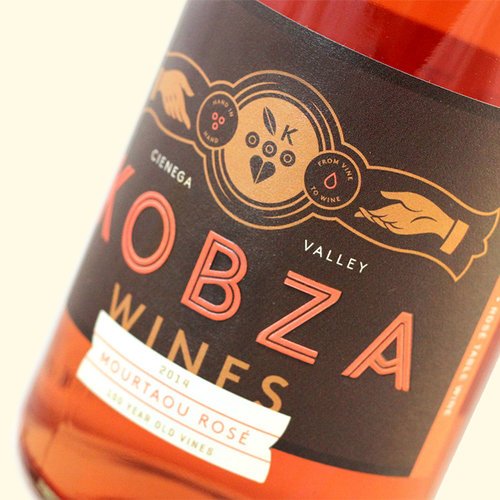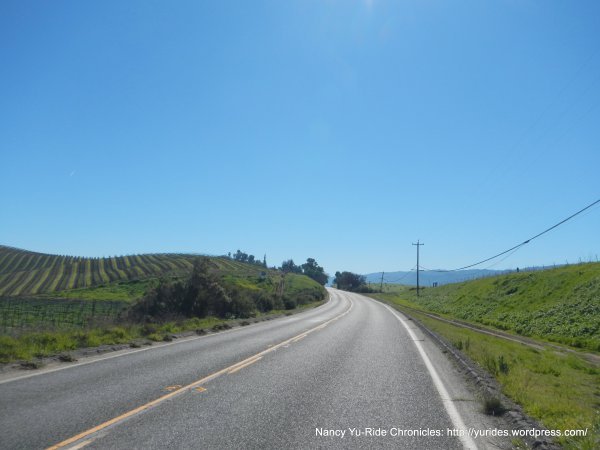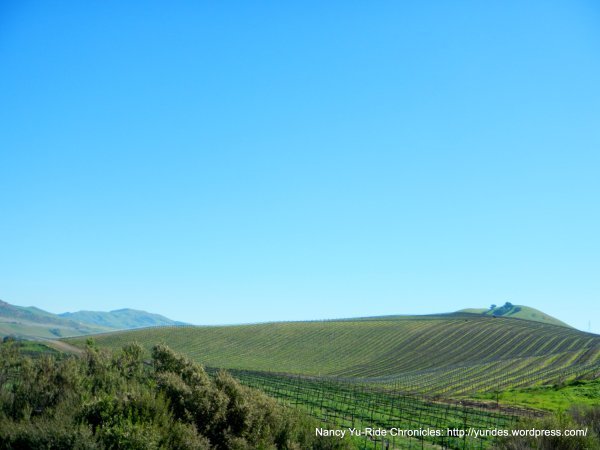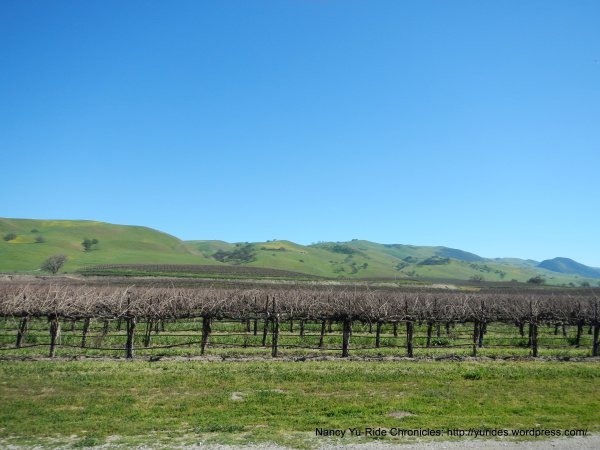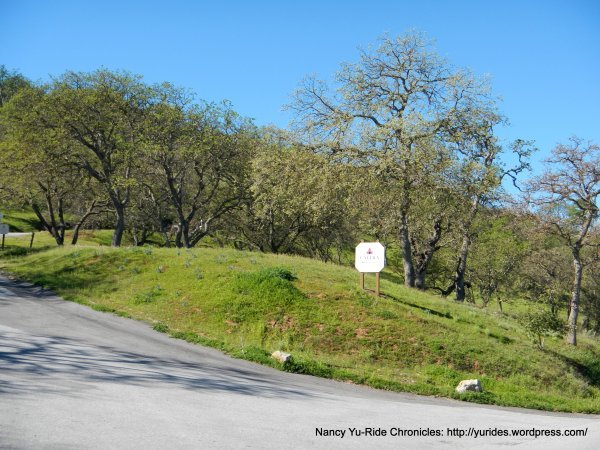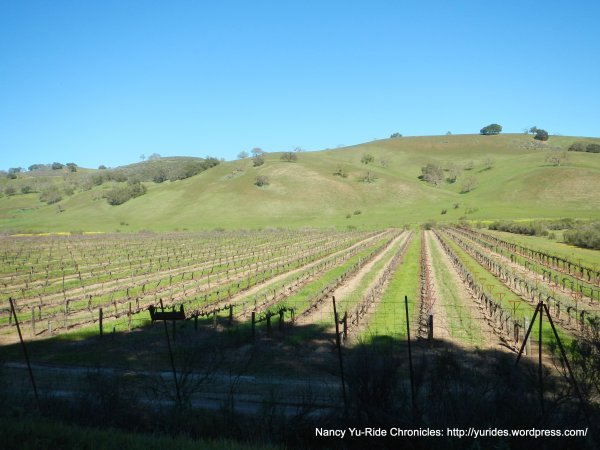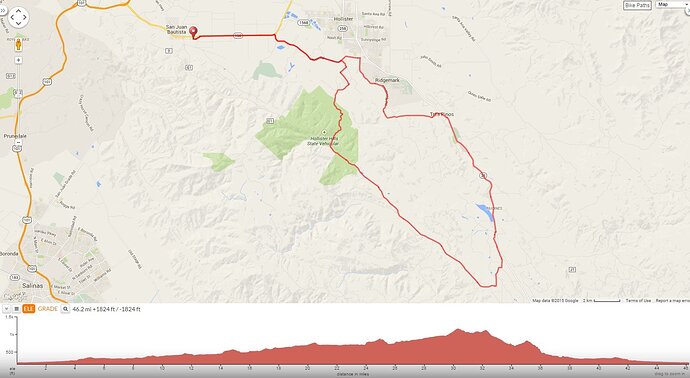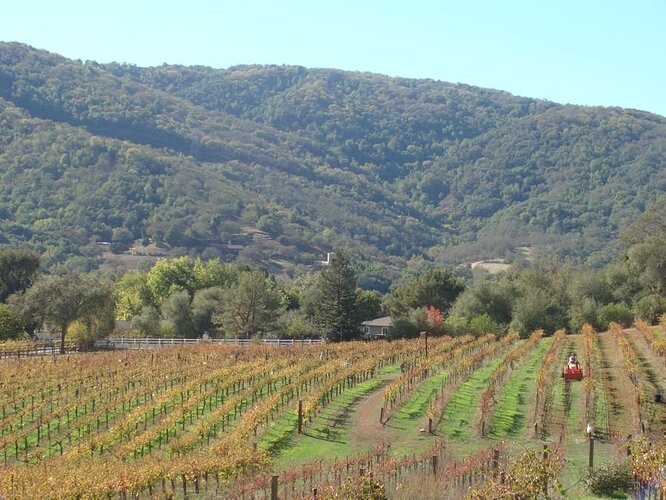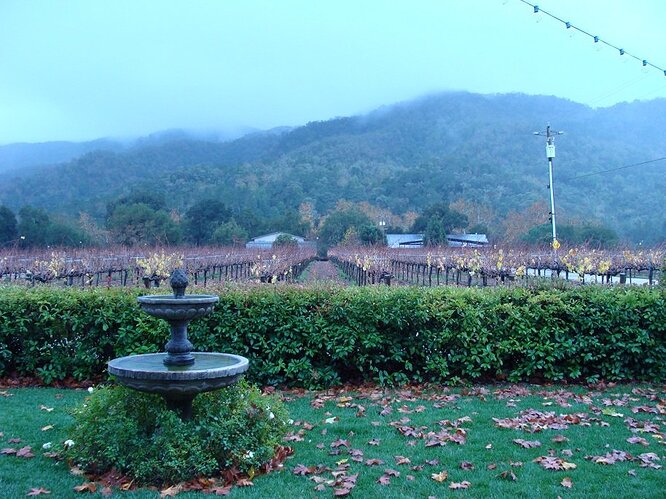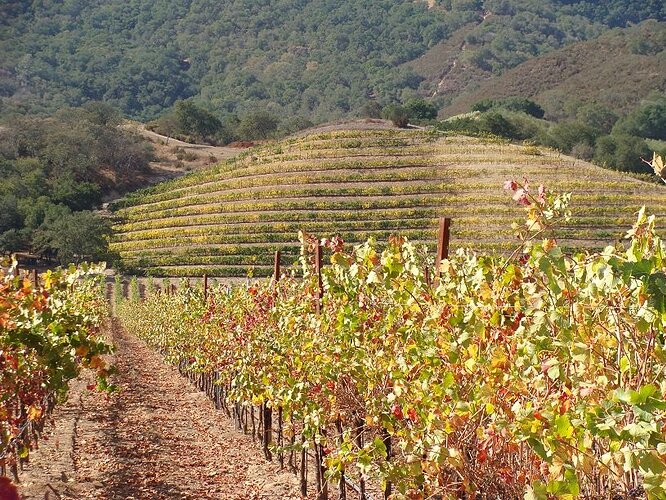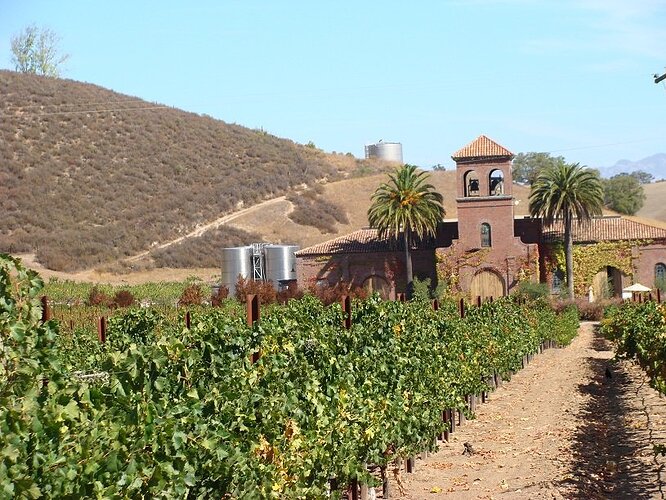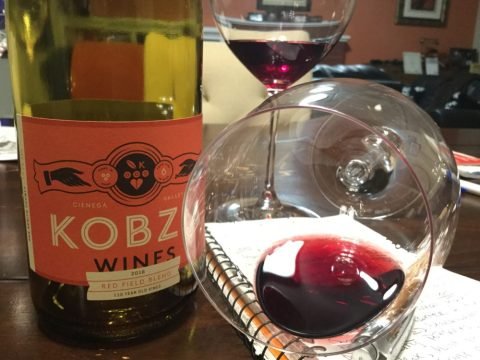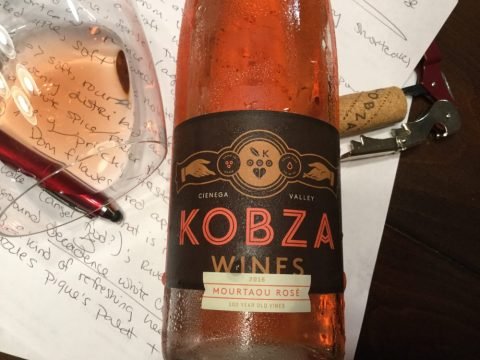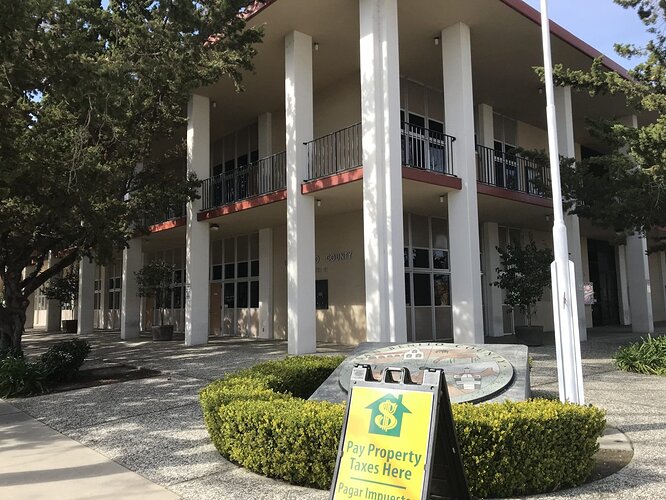I find it strange that the San Benito AVA was established after the Lime Kiln AVA and Cienega Valley AVA.
“Establishment of Viticultural Area; San Benito”
[T.D. ATF-258; Ref. Notice No. 628]
52 FR 37135, October 5, 1987
San Benito AVA Petition (PDF download)
“…Petition”
"ATF received a petition from Almaden Vineyards, proposing that a portion of San Benito County, California, be established as a viticultural area to be known as ‘San Benito’. The area is located along and near the San Benito River, approximately two miles south of Hollister, California.
"The area contains about 45,000 acres of land, of which approximately 2,500 are planted to grapes. The petitioner stated that at least three major wineries are operating within the area, and that approximately 23 different varieties of winegrapes are grown there.
"The area is located inside the approved ‘Central Coast’ viticultural area, and contains within it the approved ‘Paicines,’ ‘Cienega Valley,’ and ‘Lime Kiln Valley’ areas. (See the discussion of overlapping viticultural areas below, under ‘Boundaries of the Area’.)
“…Name of the Area”
"The association of the name ‘San Benito’ with the new viticultural area goes back far into history. The San Benito River flows through the area, and one of the principal streets of nearby Hollister was already called ‘San Benito Street’ in 1874, when the surrounding territory, including the viticultural area, was organized as ‘San Benito County’. (See Crimes and Career of Tiburcio Vasquez, San Benito County Historical Society, pp. nine and seventeen.) The town of San Benito is about 15 miles southeast of the area, and San Benito Mountain is about 30 miles farther southeast, near the source of the San Benito River and the eastern boundary of San Benito County.
"The history of viticulture in the area was described by John P. Ohrwall in a talk given to the San Benito County Historical Society on July 29, 1965. A copy of the talk was submitted to ATF by the petitioner. In that talk, Mr. Ohrwall related that the first vineyard in San Benito County was planted near the new viticultural area by Theophile Vache in the early 1850’s. Other vineyards were planted too, and the area where vineyards were sited became known locally as the ‘Vineyard District’. Before the end of the nineteenth century, the vineyard planted by Vache had been named ‘San Benito Vineyard,’ and, under that name, wines made in the area “were said to have won prizes at various expositions and fairs, including some held in France and Italy” (quote from Ohrwall). Gradually, additional vineyards and wineries were established. In the 1950’s, Almaden Vineyards arrived and began greatly expanding the area’s grape acreage.
"Almaden soon became the dominant grape grower in the area.
"Unfortunately, the original vineyard planted by Theophile Vache is no longer in production, because the soil in that vicinity has become permeated with boron salts. (See the discussion of boron below, under ‘Geography of the Area’.) Thus, the original ‘San Benito Vineyard’ is excluded from the new viticultural area for a geographical reason, but the name that this vineyard gave to the area remains.
"Although there are some scattered grape plantings elsewhere is San Benito County, by far the preponderance ofviticulture in that county is practiced in the viticultural area established by this Treasury decision.
“According to the petitioner, 95 percent of the vinifera grapes from San Benito County are grown in this area. The other 5 percent are grown in other areas with different climates, according to the petitioner, who declared, ‘We are not aware of any other area within San Benito County that could be known as “San Benito” or that would have comparable climatic and growing conditions.’ ATF agrees with these assertions, since it appears likely that much of the other 5 percent of the vinifera in San Benito County is planted in the already-established ‘Pacheco Pass’ viticultural area (located north of Hollister, straddling the border of San Benito and Santa Clara Counties)…”.
I will search for more information about John P. Ohrwall as well as the San Benito County Historical Society.
